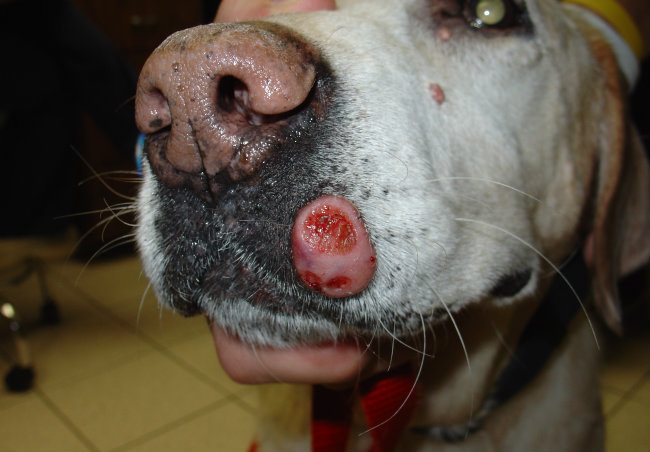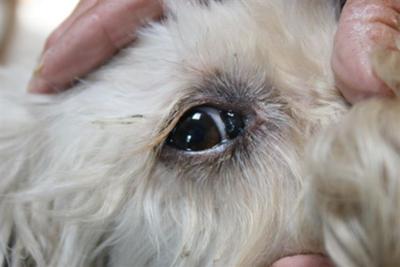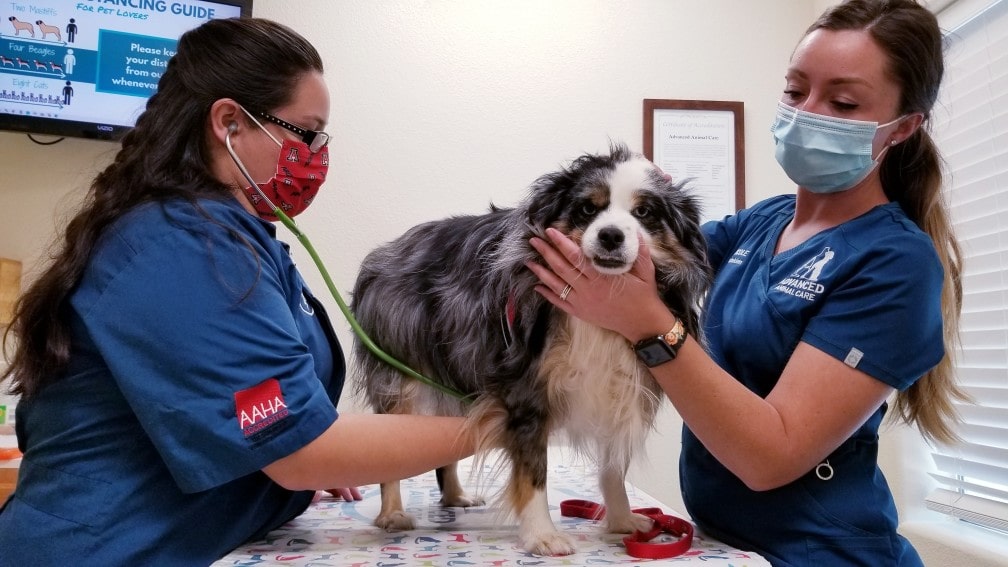Guest post!
Half of all dogs get cancer, and all cancer forms are on the rise, including dog skin cancer. Skin cancer is one of the most common skin diseases in dogs. It occurs in the dermis or the epidermis.
Let’s take a detailed look at the common types of skin cancer in dogs and natural treatments to treat it without surgery.
Causes Of Dog Skin Cancer
The exact cause of dog skin cancer is unknown. These growths aren’t infectious and are not transmitted from animals to humans or between animals. Some risk factors are:
- Age (dogs over the age of seven years).
- Hormonal dysfunction.
- Genetic predisposition (breeds are Beagles, Cairn Terriers, Basset Hounds, Cocker Spaniels, Miniature Poodles, Dachshunds, Samoyeds, Siberian Huskies, West Highland White Terriers, and Shih Tzus).
Symptoms of Dog Skin Cancer
They include:
- Common in dogs seven years and older
- Yellow, black or brown in color
- May appear anywhere but commonly seen on face, eyelids, or head
- Redness or inflammation
- Itchiness
- Loss of hair around the growth
- May develop a secondary infection
- Bleeding or ulceration
Types Of Dog Skin Cancer
Basically, there are a few different types of skin cancer in dogs. Three of the most common include mast cell tumors, squamous cell carcinoma, and melanoma.
1. Mast Cell Tumor
One of the most common types of dog skin cancer is mass cell tumors. They often occur in the immune cells, the mast cells, which play a role in inflammatory responses and allergic reactions. These cells have histamine, enzymes, and heparin to combat predatory foreign invaders.
However, damage from inflammation or allergies can cause problems. Mast cell tumors commonly develop in the skin and vary widely in size, shape, texture, appearance, and location. Unfortunately, the reasons for mast cell tumors in dogs aren’t clear.
Basically, the sun is a potential cause. The dogs most at risk consist of Boxers, Pugs, Bulldogs, Beagles, Boston Terriers, Dachshunds, Bullmastiffs, and Schnauzers.
2. Squamous Cell Carcinoma
It is a cancer type that originates in the skin’s outer layer. Carcinomas are particularly invasive and characteristically malignant. Squamous cell carcinomas grow fast, getting bigger with time. They are usually found around the feet or the genitals and on the belly.
The common cause of squamous cell carcinomas is extended exposure to sunlight. The breeds most at risk include Keeshond, Basset Hound, Standard Schnauzer, and Collie.
3. Melanoma
Melanomas are abnormal growths involving melanocytes – the cells, which produce pigments or color. Basically, these cells are found throughout the entire body of your dogs, wherever tissues are colored.
This type of skin cancer can either be malignant or benign. The cause of melanoma is not clear. The breeds most at risk are Vizslas, Doberman Pinschers, Schnauzers, Bay Retrievers, Airedale Terriers, and Scottish Terriers
Natural Solutions For Treating Dog Skin Cancer
Below are the two most simple and effective natural treatments for dog skin cancer:
1. Neoplasene
Neoplasene is a cream that is made from bloodroot extract. This cream works by causing cell death or apoptosis in cancer cells. This cream is not like surgery or invasive.
It seeks the microscopic cancer cells out and helps the immunity seek and destroy them. But this cream can only be applied under veterinary supervision. It can be painful for your dog that is not easy for a few dog owners to accept.
2. Turmeric
Turmeric possesses a compound named curcumin, which has antioxidant, antiviral, anti-inflammatory, antibacterial, antifungal, anticancer, and wound healing activities. It not only kills cancer cells but also prevents more from growing.
The American Cancer Society stated that curcumin interfered with the development, growth, and spread of cancer. Generally speaking, using turmeric is inexpensive and is not painful. You can use this remedy to deal with skin cancer in dogs at home.
However, turmeric often stains your hands, furniture, and carpets, so after each application, you must wrap it. One of the simplest ways to use turmeric is with a salve. The recipe is:
Things you need:
- Organic turmeric powder – 1 part
- Raw coconut oil – 1 part
- Organic lecithin powder – 1 part
Directions:
Mix all the ingredients well to get a paste. Store it in a glass jar and keep it refrigerated. Apply it once per day for one week. After a week, leave it to air for 24 hours. If there’s still a lump, you reapply for 2 to 5 more days.
In fact, surgery is not the only option if a dog has skin cancer. There are still other several natural treatment choices that work. They are also far less invasive and risky.
Author Bio
This guest post is by Emily Pham, a writer at Studyclerk with many years of experience in searching for the best natural home remedies for beauty and health issues.
DISCLAIMER: DogExpress does not endorse or take responsibility for the content in the guest post.
Want to read more articles like these? Subscribe to our newsletter today!

 DogExpress
DogExpress




















 in Chandigarh, India.
in Chandigarh, India. 
